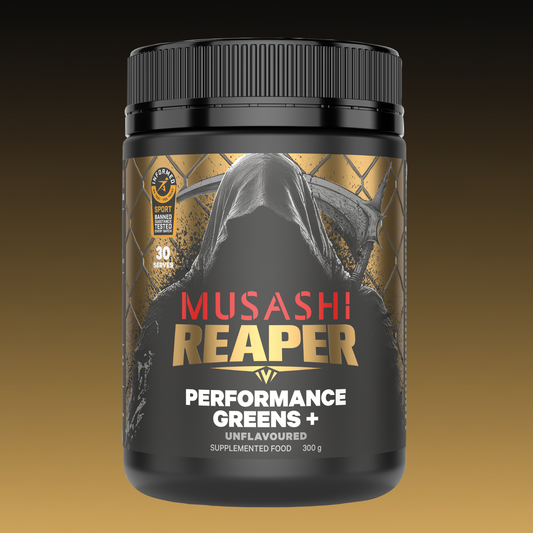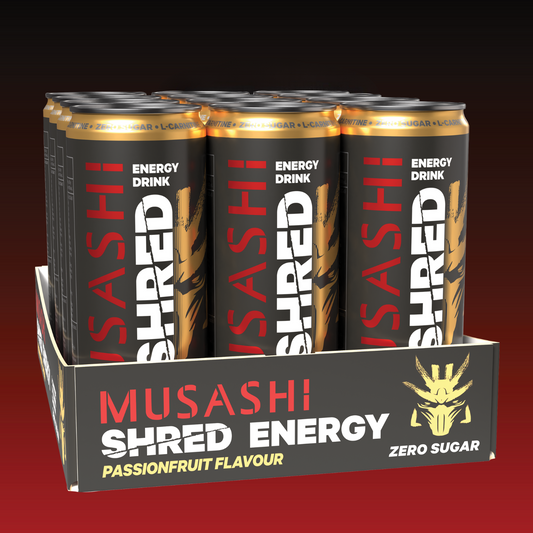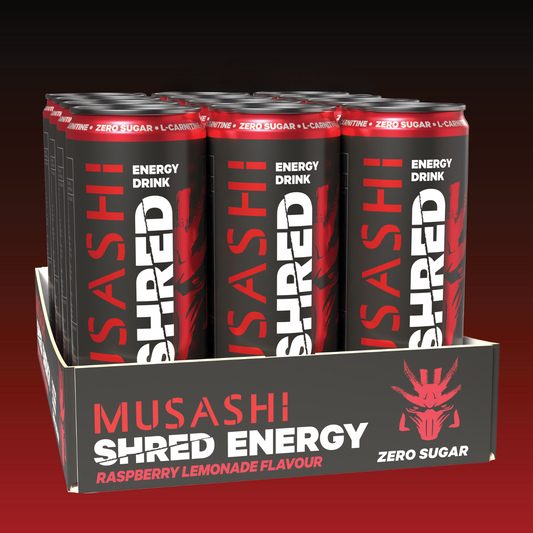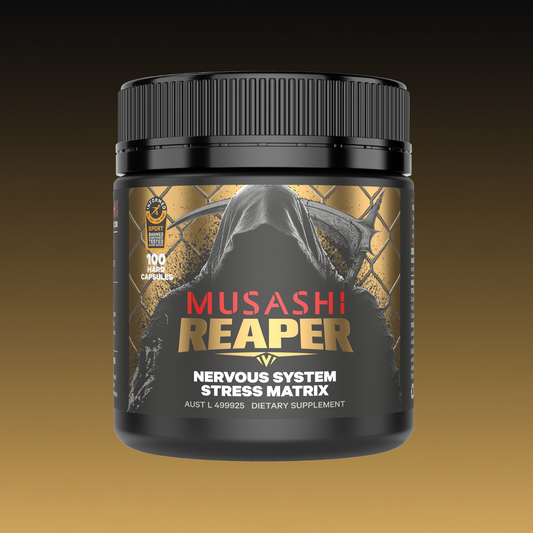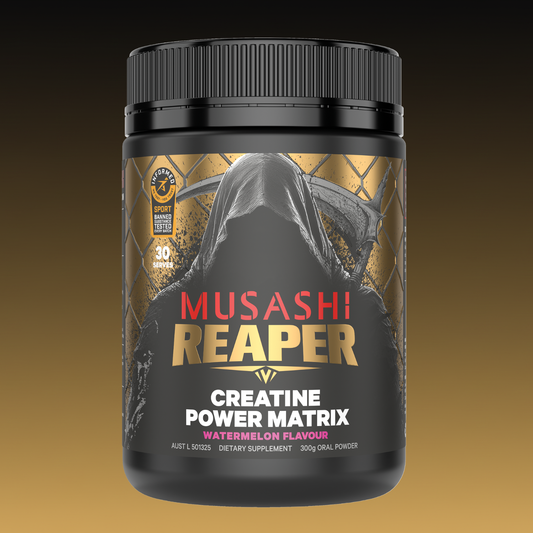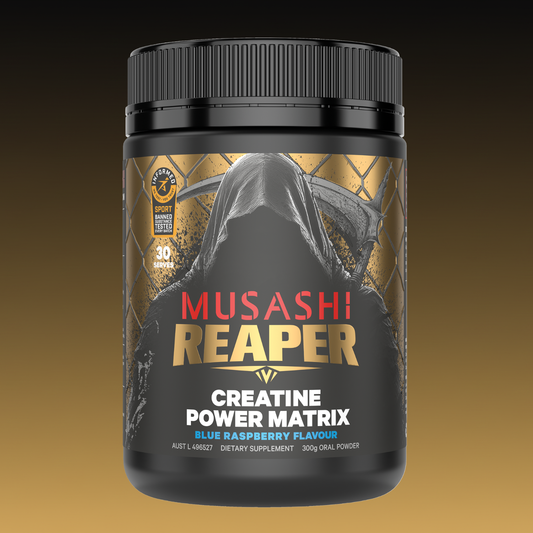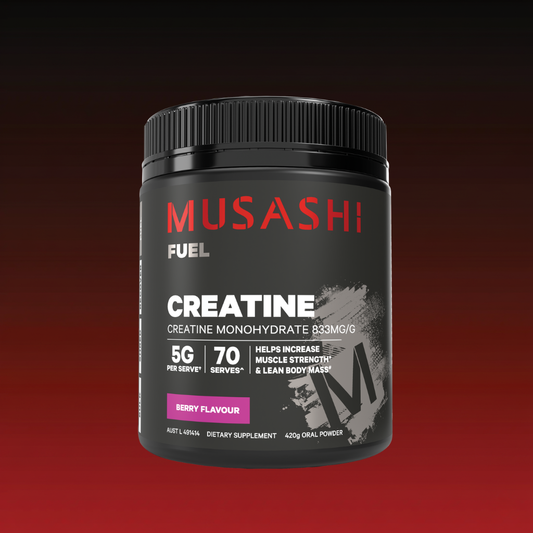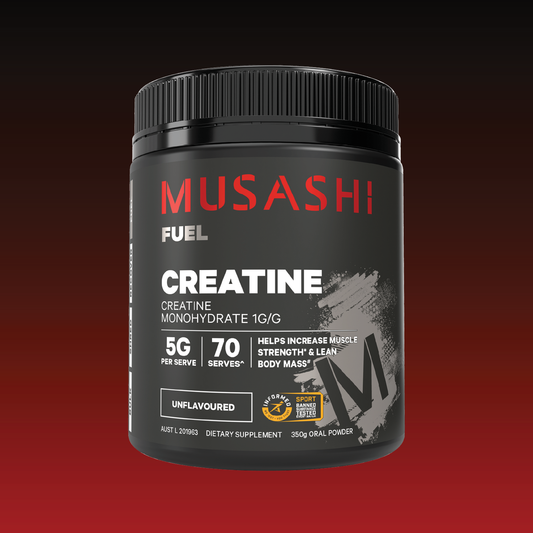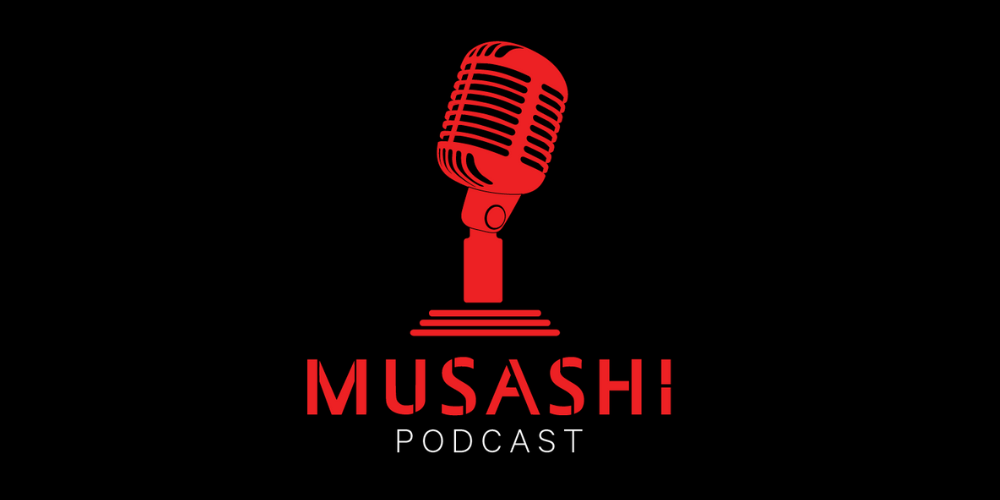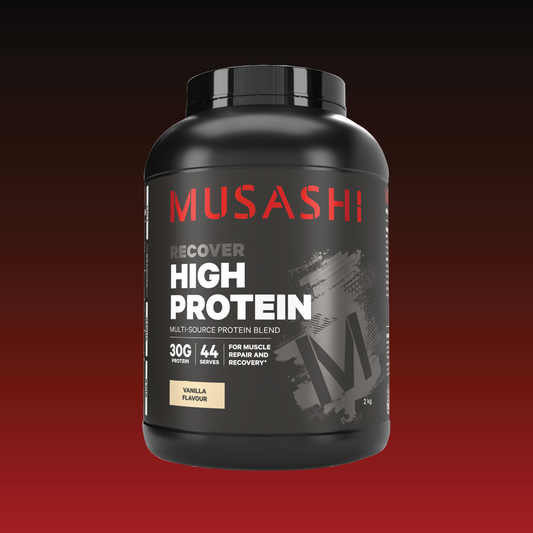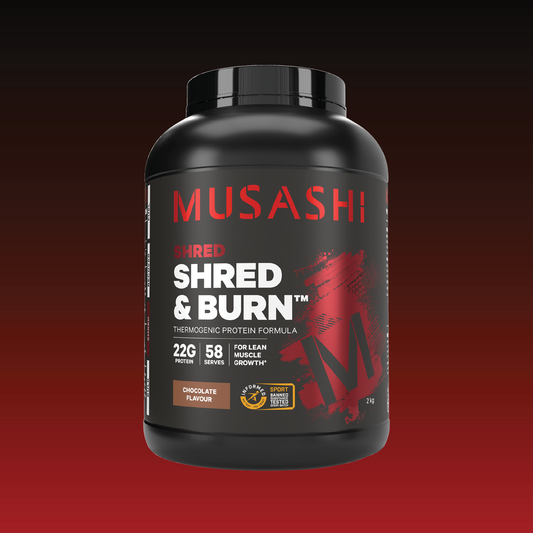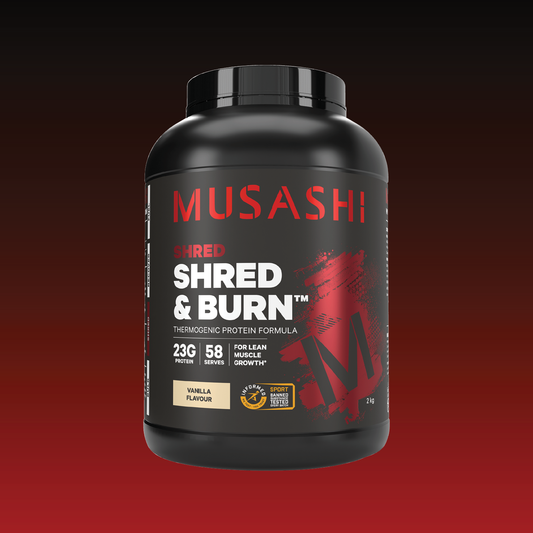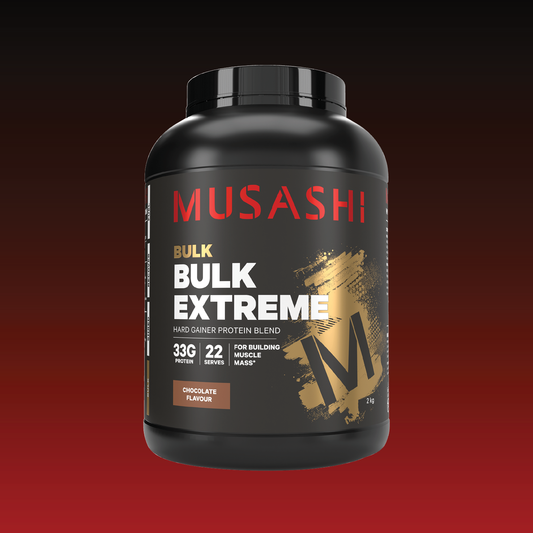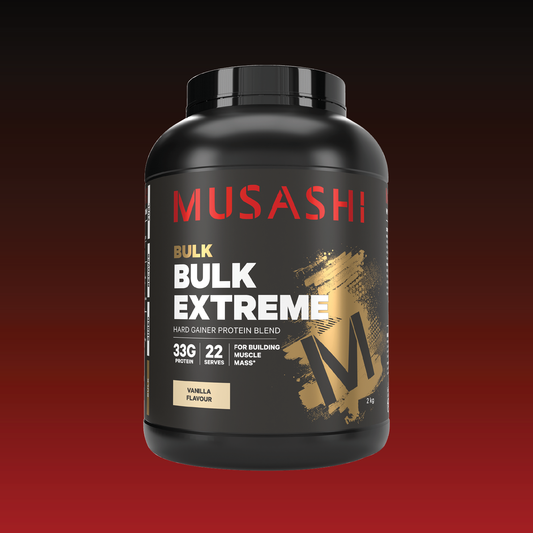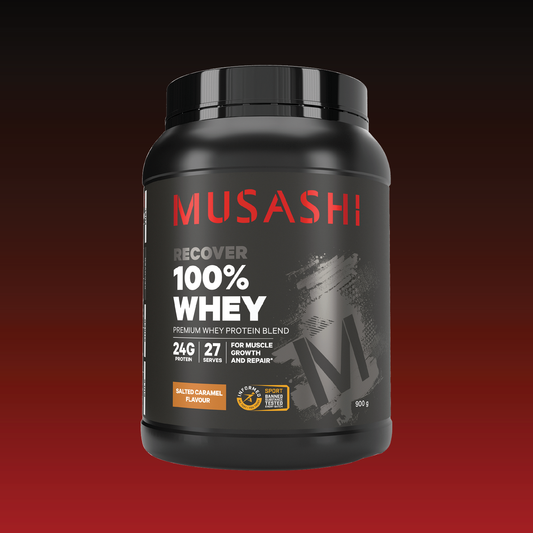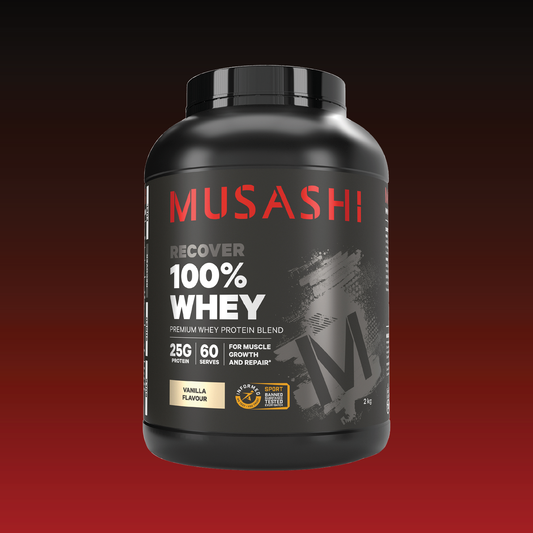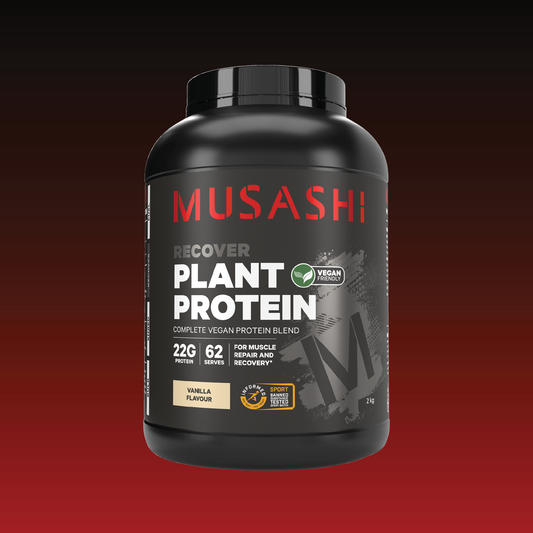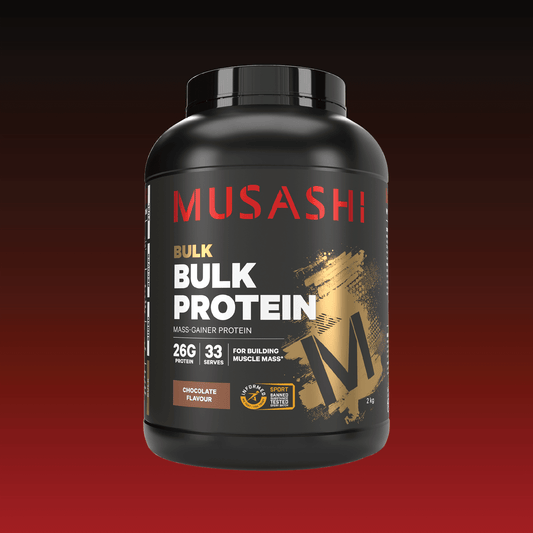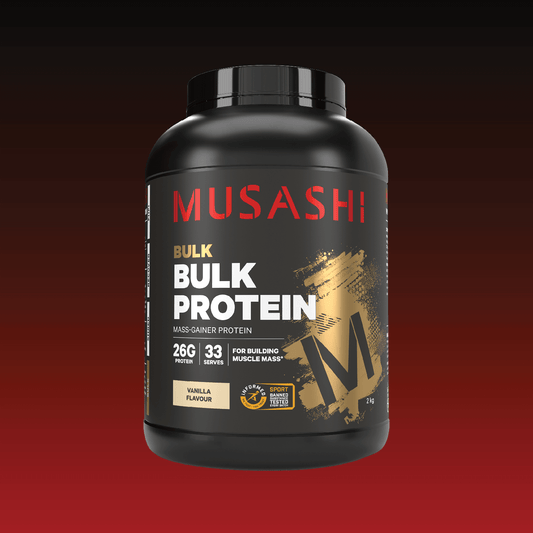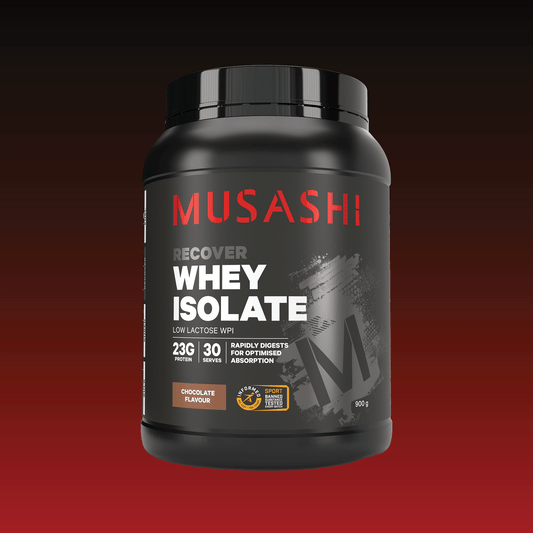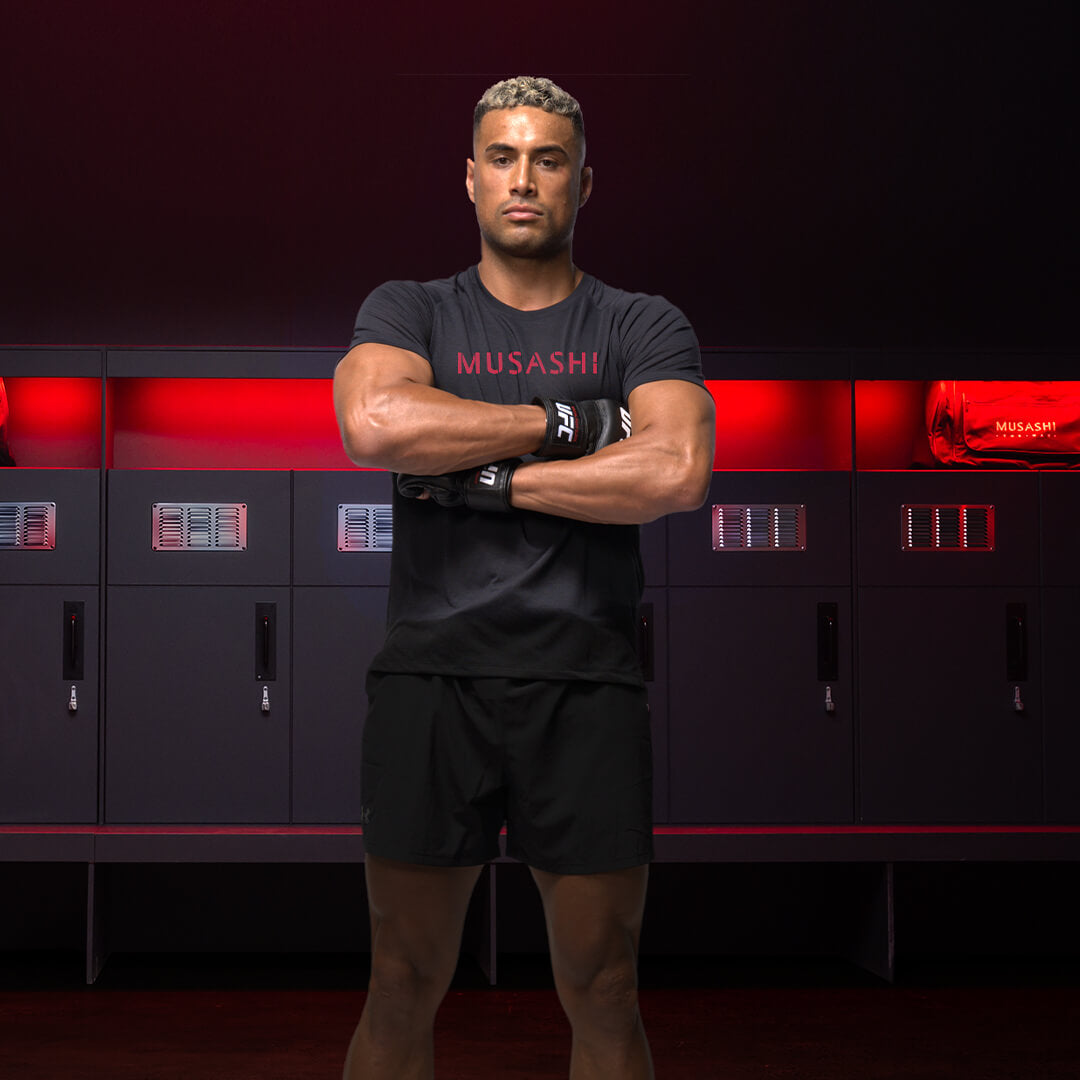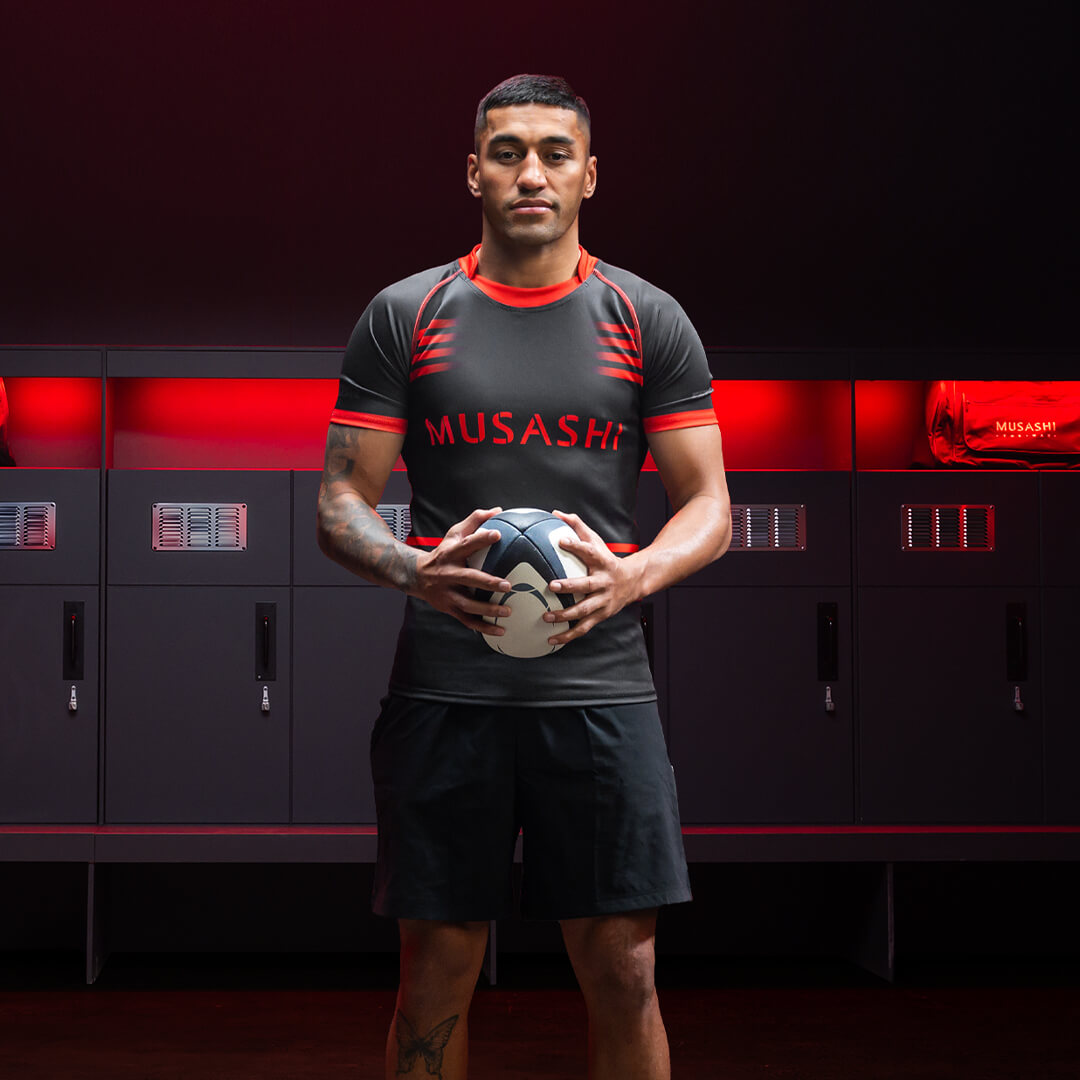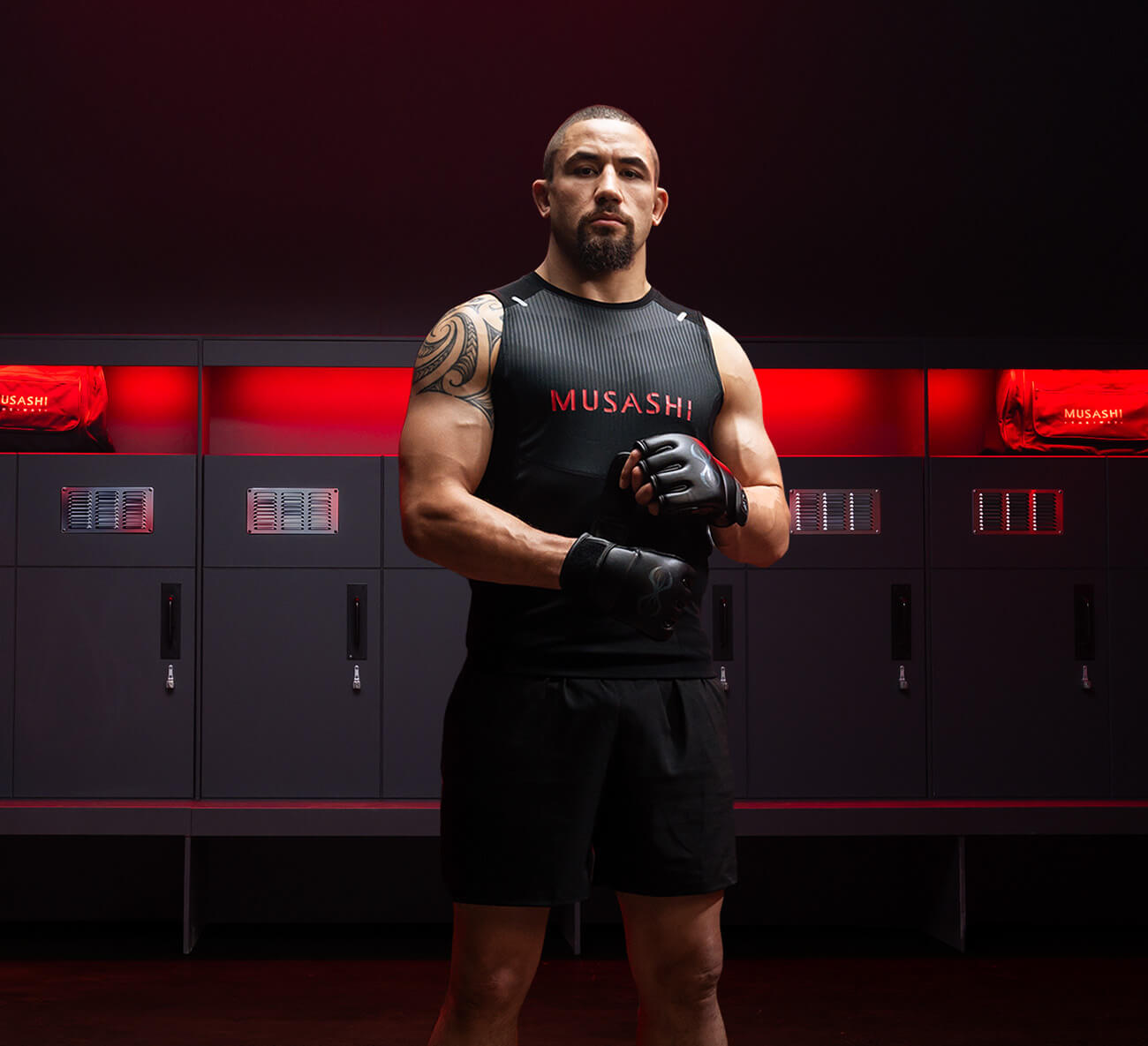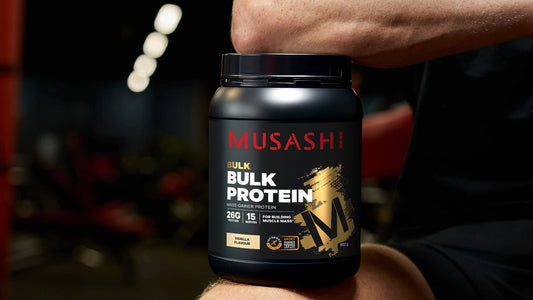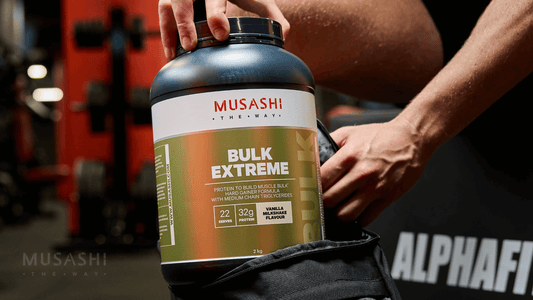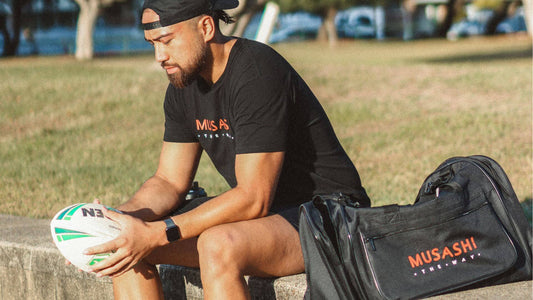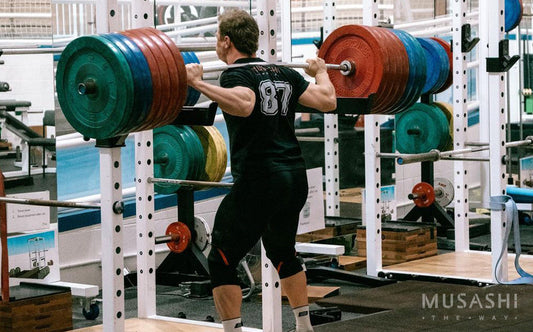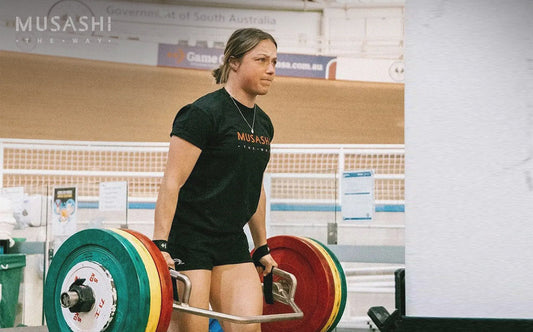podcasts
• 25/03/2020
#2 - Training in isolation
On Episode 2 of the Musashi R&D Sessions Podcast, the guys address the current state of affairs regarding sport and social lockdown, focusing on this week’s relevant topic – Training in Isolation. Ross and Dhiren discuss a variety of ways to exercise at home and outdoors, including kettlebell exercises, sprinting and plyometrics, and mixing up your exercise routine. We also compare different types of workouts, contrasting machine, bodyweight, loose weights and kettlebell exercises, and highlight the value of the barbell. Despite the current pandemic, there is plenty of sports news for the guys to talk about, including Shane Warne’s sanitiser factory, Conor McGregor’s gift to Fury and Wilder, and the death of Roger Mayweather. Ross and Dhiren also chew over the differences between compound and isolation training, and touch on functional training, the significance of form, and progressive overload. We rap up this episode with a listener question that reflects our attitude towards the closure of gyms and sporting venues across the country, and attempt once again to guess the origin of a famous athlete’s quote picked by Hal the Intern. Dhiren applies the philosophy of Miyamoto Musashi to the topic using the quote: In fighting and everyday life, you should be determined through calm. Be sure to comment and leave a review, and we’ll get in touch to send you a free Musashi T-shirt! Compound vs Isolation Compound exercises are known as multi-joint exercises since they recruit muscles around more than one joint, for example squats and deadlifts. Compound lifts should make up the majority of your workout. In contrast, Isolation exercises are those which typically use only one joint at time, such as bicep curls or tricep extensions. Muscle Fibre Muscle fibres can be split into two categories based on how quickly they produce tension: Type 1 (slow twitch) - Particularly important for endurance and fatigue resistance, typically submaximal exercise activities. These produce less force but are able to sustain longer contractions. Type 2a and 2b (fast twitch) - These are important for quicker activities. They produce a greater and faster force but are much less efficient and fatigue faster than type 1 muscle. Progressive Overload Progressive overload describes the practice of continually increasing the intensity of training as the muscle gets accustomed to that intensity level. This can be achieved by increasing the weight lifted, the number of reps, and number of sets or even rest periods. CORRECTION at 48:24: Ronaldo is OLDER than Rooney (Dhiren was meant to say here is a mind blowing fact Rooney is actually younger than Ronaldo - but got it the wrong way around.) See link to 4 day split Kettlebell Workout: https://musashi.com/4-day-kettlebell-strength-power-program/
